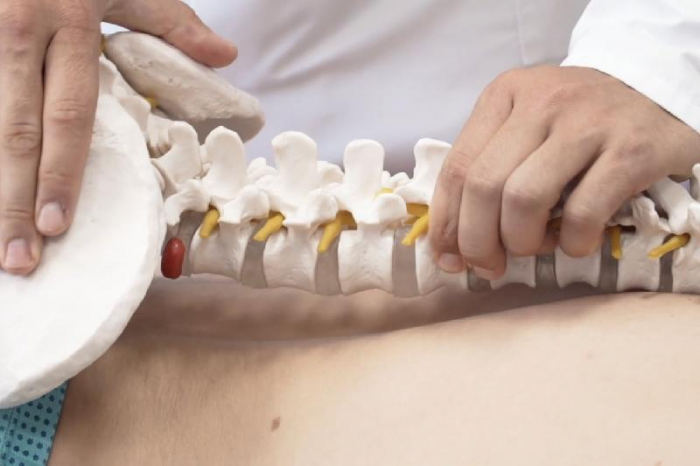Thermal therapy is a traditional medical treatment for bone regeneration, which requires surgical sites exposed to higher temperatures so that heat stimulation can promote the restoration of bone defects.
However, the external application has been proved inefficient in delivering the appropriate amount of heat to the correct part of the patient's body and may cause side effects such as surface burns.
NIR light is electromagnetic radiation with longer wavelengths than those of visible light. Due to higher transmittance through biological tissues, it has been used as a photothermal therapy to release heat.
Researchers from the Chinese Academy of Sciences and City University of Hong Kong have developed an implantable bio-composite made of black phosphorus nanomaterial and a widely-used tissue-engineering chemical compound to repair bone defects and promote the growth of new bone.
Phosphorus is one of the vital elements constituting about one percent of the total human body weight. With the black phosphorus nanomaterial, the composite has shown a highly-efficient photothermal response. Even when the composite is covered by a tissue barrier as thick as 7 mm, it can still increase the temperature under the NIR light irradiation.
In the experiments conducted on rats, researchers found that the most effective target temperature by the NIR light-trigger is between 39.5 and 40.5 degrees Celsius, only about 3 to 5 degrees higher than the normal human body temperature.
The results of the study were published in the international journal Biomaterials.
According to lead author Tong Liping, the composite has large clinical potential. It is biodegradable and can produce nontoxic end products such as water and carbon dioxide which can also serve as necessary bone ingredients.
More about: China bone-defect
















































